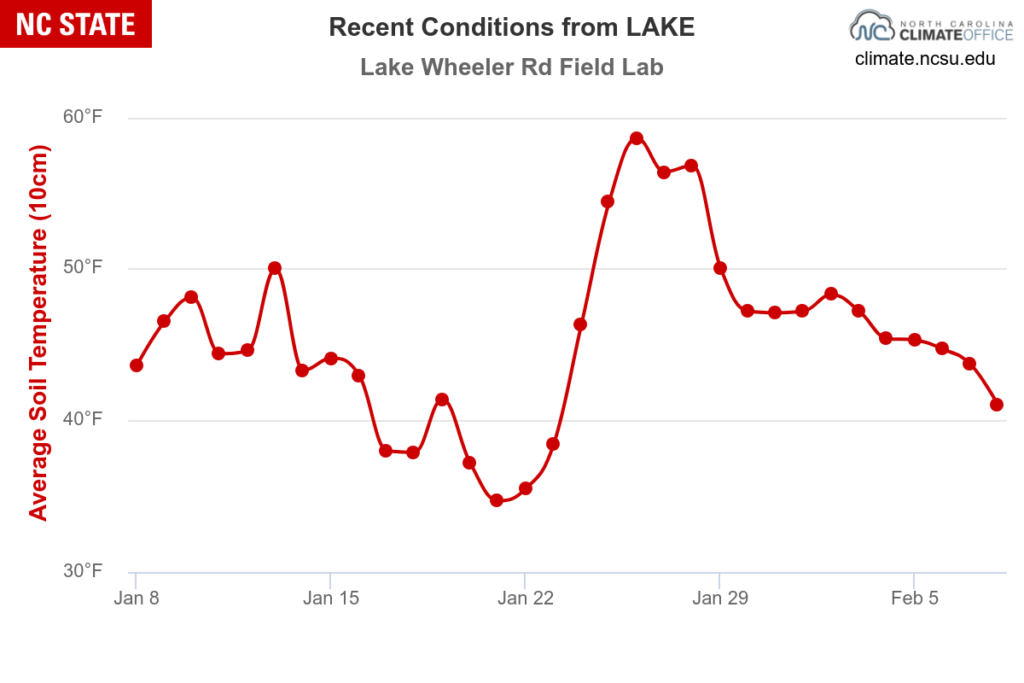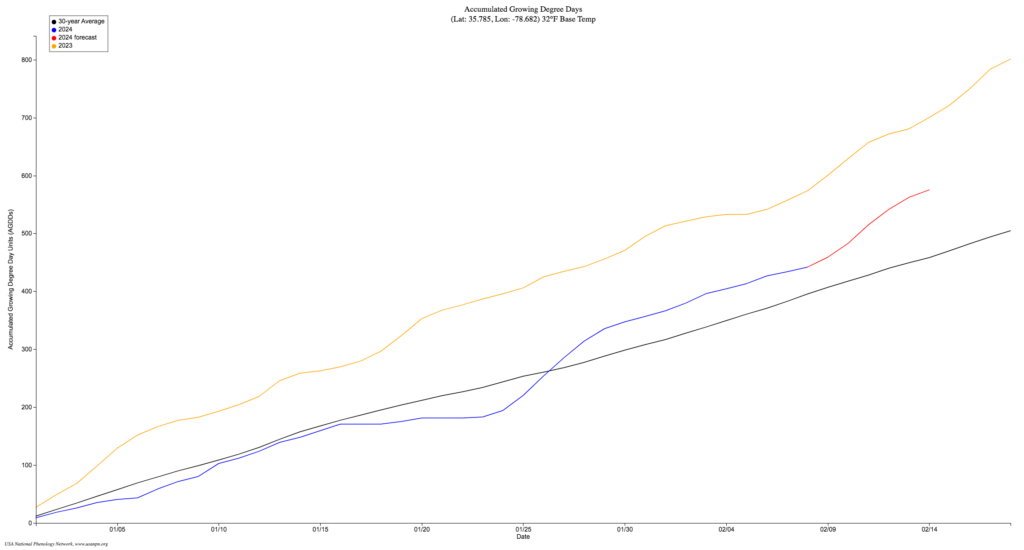When to Apply Preemergent Herbicides for Turfgrasses
go.ncsu.edu/readext?985693
en Español / em Português
El inglés es el idioma de control de esta página. En la medida en que haya algún conflicto entre la traducción al inglés y la traducción, el inglés prevalece.
Al hacer clic en el enlace de traducción se activa un servicio de traducción gratuito para convertir la página al español. Al igual que con cualquier traducción por Internet, la conversión no es sensible al contexto y puede que no traduzca el texto en su significado original. NC State Extension no garantiza la exactitud del texto traducido. Por favor, tenga en cuenta que algunas aplicaciones y/o servicios pueden no funcionar como se espera cuando se traducen.
Português
Inglês é o idioma de controle desta página. Na medida que haja algum conflito entre o texto original em Inglês e a tradução, o Inglês prevalece.
Ao clicar no link de tradução, um serviço gratuito de tradução será ativado para converter a página para o Português. Como em qualquer tradução pela internet, a conversão não é sensivel ao contexto e pode não ocorrer a tradução para o significado orginal. O serviço de Extensão da Carolina do Norte (NC State Extension) não garante a exatidão do texto traduzido. Por favor, observe que algumas funções ou serviços podem não funcionar como esperado após a tradução.
English
English is the controlling language of this page. To the extent there is any conflict between the English text and the translation, English controls.
Clicking on the translation link activates a free translation service to convert the page to Spanish. As with any Internet translation, the conversion is not context-sensitive and may not translate the text to its original meaning. NC State Extension does not guarantee the accuracy of the translated text. Please note that some applications and/or services may not function as expected when translated.
Collapse ▲When to Apply Preemergent Herbicides for Turfgrass in North Carolina
It is well documented that our winter temperatures are rising in NC, as well as the rest of the US. As winter temperatures rise, so do soil temperatures. As a reminder, crabgrass will germinate when 24-hour mean soil temperatures average approximately 55 degrees for 3 or 4 consecutive days.
Starting about 2020, I have recommended that preemergent herbicides be applied earlier because crabgrass is germinating earlier. In 4 of the last 5 years, I have found crabgrass germination in NC in February. In 2023, I found crabgrass germination in February, 2023 in Wake County (Raleigh).
Lets take a look at where we are in 2024. The two charts below show 24-hour average soil temperatures at our Turfgrass Field Lab in Raleigh. Note that as of today, the soil temperatures are 41 degrees. This is well below where crabgrass will germinate. However, note that in late January, soil temperatures were above 55 degrees for 3 days. I do not have any evidence that crabgrass germinated during this time. However, it is worth noting that soil temperatures can rise rapidly when air temperatures rise as they likely will in February.

Another useful tool is to examine growing degree days (GDD). This can be useful to see how our current weather conditions compare with last year and a 30-year average. Note that currently, our GDD are above the 30-year average but below last year.

So what does all of this mean? It appears the winter of 2024 is tracking similarly to the past several years. In summary, we are ahead of the 30 year average for GDD. Also, soil temperatures can rise quickly with rising air temperatures. Therefore, it is my recommendation that preemergent herbicides should be applied earlier due to the danger of early crabgrass germination. This is consistent with similar recommendations over the last few years. My recommendation is preemergent herbicides be applied in central NC by the end of February. East of Raleigh, application should be made earlier. Mid-February would be a good target date for that are of NC. As you move west in the state, applications can be made slightly later but I would suggest very early March would be a good target date in the central and western Piedmont regrion of the state. Of course, higher elevations in the mountains would be later.


